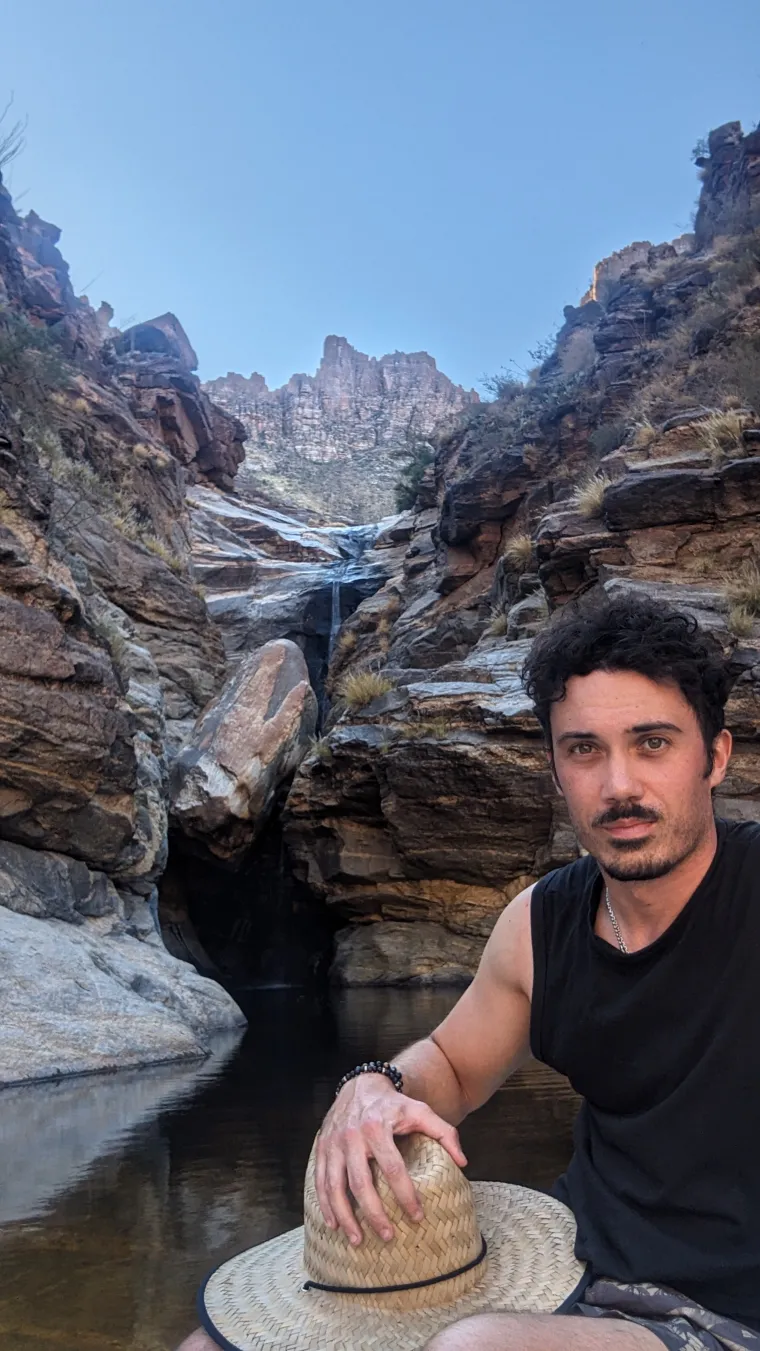Clement Lopez
Mineral carbonation is based on the reaction of CO2 with metal oxide-bearing materials to precipitate insoluble carbonates, with calcium being one of the most attractive metals. While the development of industrial carbonation processes has been recommended to mitigate climate change, its natural occurrence in soils and its potential enhancement through management practices has received little attention so far. Since natural carbonation is commonly considered to be a slow process, spreading powder of non-carbonated, calcium-bearing minerals over soils, a strategy known as enhanced rock weathering (ERW), is a promising way to accelerate it. While humid tropical areas are generally regarded as having the greatest potential for ERW, recent evidence suggests that carbonation may also be significant in drylands, driven by water vapour adsorption (WVA) by soil at night, potentially representing an overlooked long-term carbon sink. The OASIS project's general objective is to assess ERW's potential in dryland soils. Its main underlying assumption is that optimizing WVA with the amendment of highly adsorbent ground rock will maximize the carbonation process while reducing the dependence of phototrophic organisms on rainfall or irrigation. To tackle this objective, OASIS will implement field and mesocosm manipulative experiments using cutting-edge infrastructure to control environmental conditions and simulate climate change. These will be coupled to state-of-the-art measurements and isotopic tracing of soil-atmosphere water vapor and CO2 fluxes. This research will fill several gaps in our understanding of natural carbonation and its interactions with WVA, organisms, and climate change. It is also expected to provide solid arguments for implementing conservation measures and sustainable agricultural practices in drylands or seasonally dry lands to protect and increase water and carbon resources, which is in line with several European and global guidelines.


